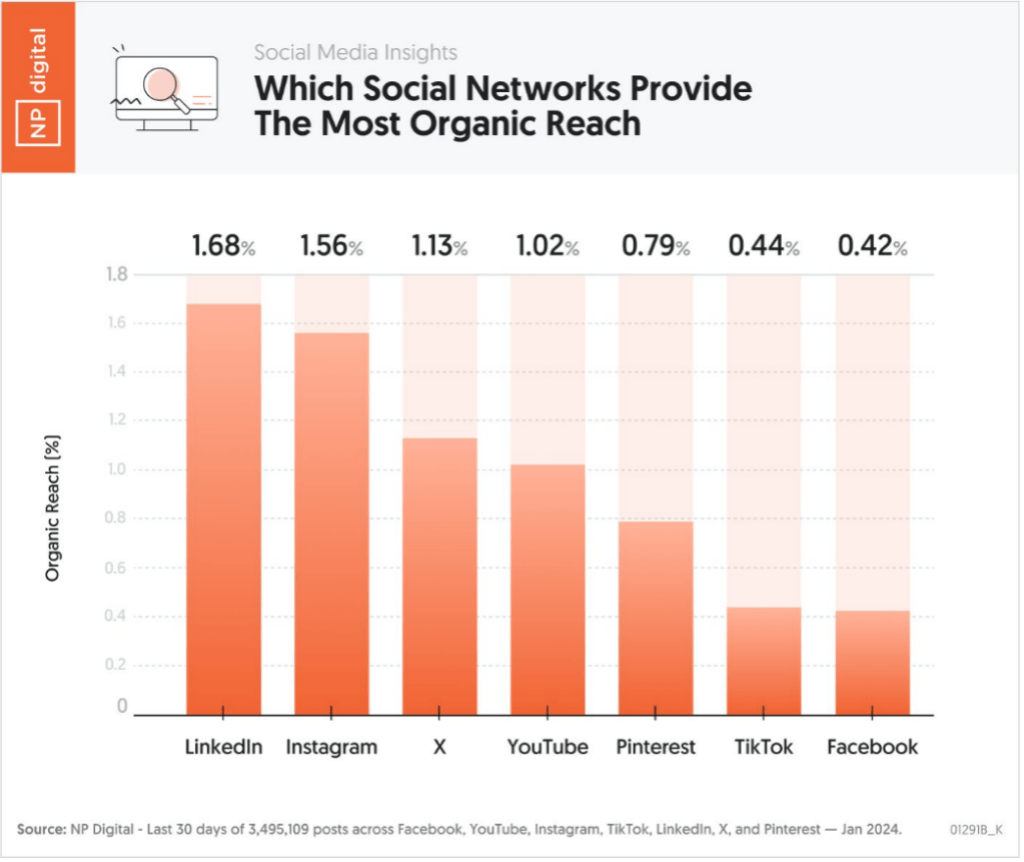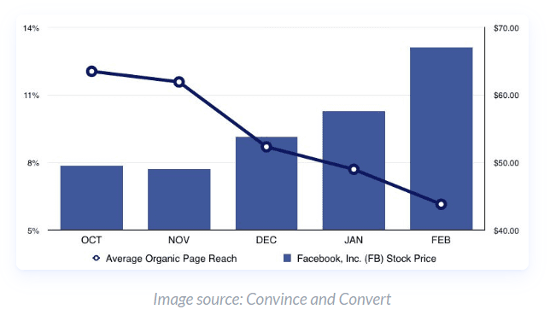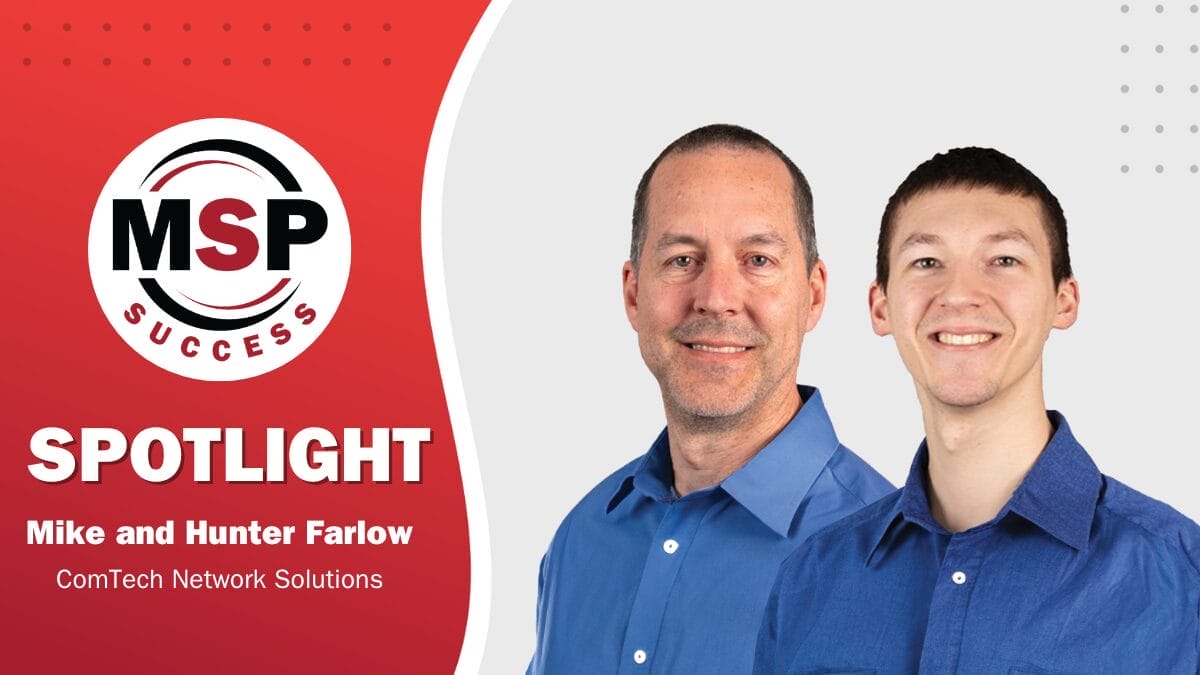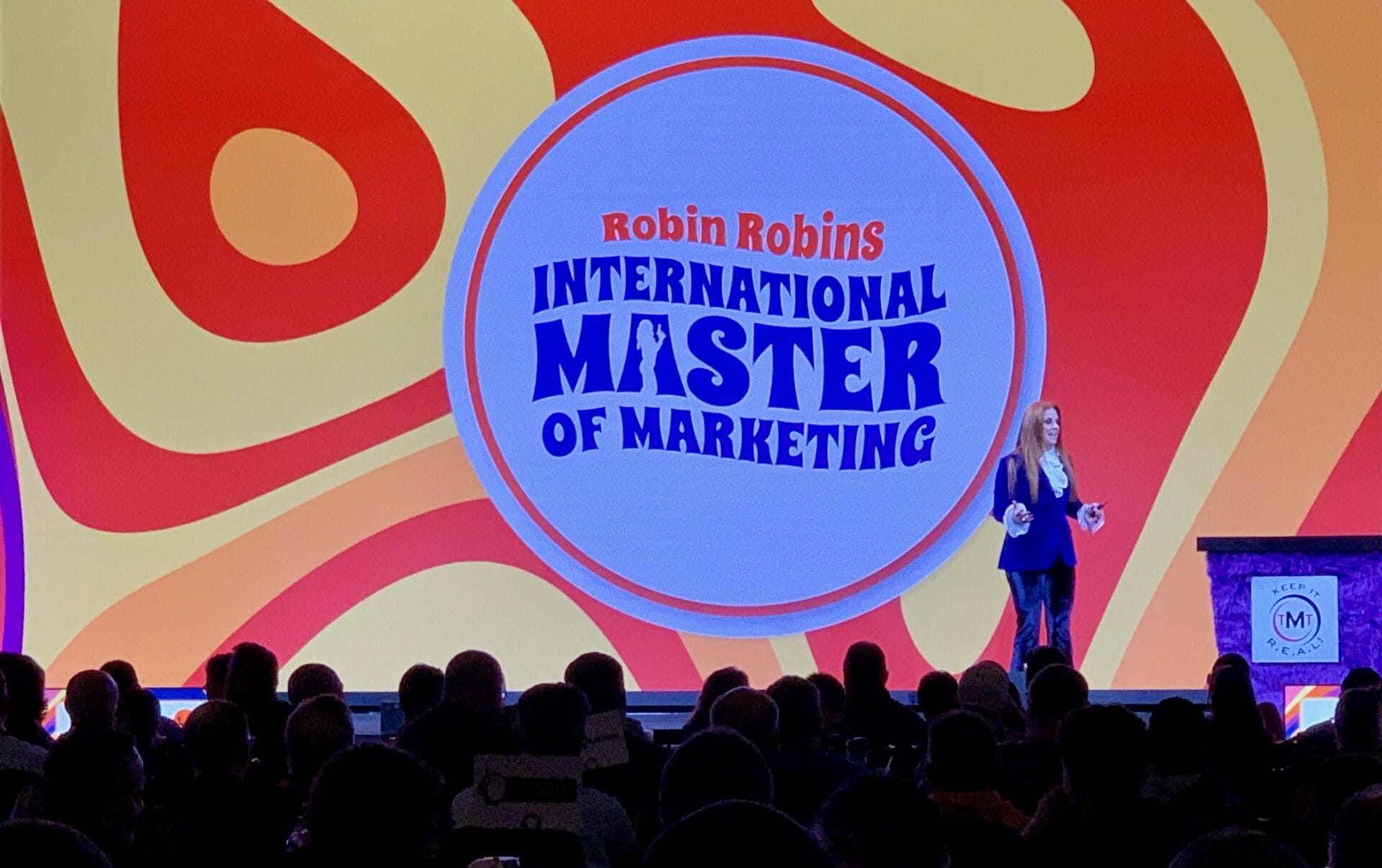Gary Vaynerchuk, the social media marketing guru, has a formula for success for anyone planning to be relevant in business over the long term: Post 100 pieces of content every single day across 7–10 platforms that matter.
There are several problems with this recommendation, with the biggest and most obvious one being the time and skill required to create, edit, and post all of this content, not to mention the full-time job of monitoring and responding to comments and messages where 1 out of every 50 are legit leads or clients, the rest zombies, fakes, bots, and haters.
The second problem is that organic reach (which is how many of your friends, followers, and subscribers actually see your post without having to pay for it to display) and engagement (which is how many people comment or “like” your post) are steadily and rapidly declining across all platforms. One study done by NP Digital showed that organic social media reach has declined by roughly 62% over the last three years.
Just look at this graphic from NP Digital (below). If you post something to your Facebook feed, less than 1% are actually seeing it. Even on LinkedIn, the platform with the highest organic reach, you’re only getting it in front of 1.68% of your audience without paying to promote. That means if you worked really hard to get 5,000 people to follow you on LinkedIn, only about 84 would even be shown your post, much less click or engage with it.

That means you can produce really excellent, useful content, and hire a small army to post all day long and still not see any traction in terms of leads and sales.
Why Is It Getting More Difficult To Succeed With Organic Content?
First, all social media platforms are trying to make money with paid ads, not organic reach. Therefore, Facebook, LinkedIn, Google, etc., have zero incentive to make your website or organic post reach more than a tiny percentage (under 1%) of your total audience.
This has been going on for some time now, and it won’t get better anytime soon because the money these platforms are making on paid ads is significant.
For example, back in 2014, Facebook announced that it would reduce “overly promotional posts” in the News Feed, which meant any post that was overtly promoting a product, sale, event, webinar, etc., would be suppressed. As you can see from the chart below, it was a financially smart move for Facebook but not so great for social media marketers attempting to use the platform to reach their audience and followers.

This is going on across all platforms because they, like Facebook, are businesses that make money selling paid ads. This is true for Google, X, Instagram, YouTube, LinkedIn, etc.
Second, the social media space is constantly getting more crowded, and there’s stiff competition for attention. Today, you’re not just competing with another IT firm; you’re competing with every news outlet, influencer, and advertiser out there selling everything from food delivery to apps.
Does this mean you shouldn’t do social media marketing and organic posts?
No, but it does mean that you need to adjust your expectations for what you are going to get in terms of ROI and leads from purely organic posts on your company page.
How Often Should You Post?
With our MSP clients, we recommend posting at least three to four times a week on their personal and company pages on Facebook, LinkedIn, and Google Business Profile listing simply for the purpose of not appearing to be a boneyard that is out of business and out of touch.
Prospects, potential new hires, and clients will check your social media pages before deciding to engage. If your page hasn’t been updated in weeks (or even months or years!), that sends a bad signal and is a negative mark against you, particularly because you are a tech company and in the eyes of many people, you should be a “master” at digital marketing.
The three platforms we recommend putting the most effort into are LinkedIn, your Google Business Profile, and Facebook (and by default, Instagram, since you can post simultaneously). The third would have been building a YouTube channel instead of Facebook, but many MSPs dig their heels in when it comes to creating video content because 1) they hate doing video, and 2) it is a much more complicated type of content to get right.
We recommend these three platforms because our experience so far has shown that, in general, they provide the highest return of qualified leads. Of course, your audience may be more responsive on a different platform, so you need to know what social media sites your target audience and clients are on so you can focus on those instead or in addition to the ones listed above.
Further, fully optimizing your Google Business Profile (formerly Google My Business) and posting on a weekly basis with a new update and securing 4- and 5-star online reviews on a weekly (or at least monthly) basis will help your listing get shown for local searches.
If You’re Willing To Pay To Play, Where Should You Spend The Money?
Retargeting
The cheapest digital spend that delivers the most qualified leads is retargeting on the Google Display Network as well as Facebook, LinkedIn, and Microsoft Audience Network. Retargeting works when someone hits your company website or interacts with your page (on or off the platform) and a pixel is placed on their device. The next time they are on Facebook or LinkedIn, your ads will show. Same with the Google Display Network and Microsoft Audience Network. I’m sure you’ve seen ads for products that you showed interest in by visiting their website, only to continue to see ads on various places around the web.

These leads are cheap. We currently spend $20–$30 per lead for TMT and MSP Success with retargeted audiences versus $130–$250 for leads that haven’t yet visited our sites. MSPs are spending just $1–$3 to get a person to visit their site when using retargeting, and, depending on your offer, a lead costs anywhere from $200–$400.
While you may think that this seems “a little rich for my blood,” consider that people like Adam and Tom Crossley of Fairoaks IT, an MSP client of ours for our digital services, closed 31 new clients last year from online leads.
The I drawback is this: If you’re not getting any traffic to your site, there’s no one to retarget. We have been seeing this a lot with the MSPs for whom we’ve been doing digital marketing.
But there are many ways around this because—surprise, surprise—these platforms want you to spend money. The digital done-for-you team at TMT runs campaigns to drive qualified traffic to your site, which will then signal retargeting campaigns to kick off.
Custom Audience (Uploaded Lists)
Facebook, LinkedIn, Bing, and even Google, to some extent, allow you to take a list of your ideal clients, upload their info (name, phone, email, address) into their ad platform, and show your ads only to the people who match.
Imagine you’re targeting CPAs in your city. You can get a list of CPAs, upload it to LinkedIn, and only pay to show your ads to the people you want to see them. Instead of using LinkedIn’s targeting (which will often also show your ads to CPAs that work at other companies, meaning as much as 90% of what you’re paying for is wasted), only your ideal audience will ever see your ads.
This is like using a laser to snipe your target audience instead of carpet bombing and praying. This is especially useful when marketing with reports, dark web scans, free assessments, webinars, or events.
Costs vary widely because it all depends on your location, your list, and your offer. However, from a broad standpoint, you can safely assume that qualified leads from uploaded audiences cost 30%–50% less than general platform targeting.
RELATED: Slow Your Scroll: Using Social Media To Increase Sales
Pay-Per-Click (PPC)
While all platforms technically have PPC options, Google and Bing are the most popular and deliver the most leads for MSPs, so we’ll discuss them specifically.
The difference between PPC on Google and Bing and the other types of ads is that these ads aren’t based on audience criteria but instead on intent and search criteria. This means that instead of simply targeting CPAs in your city, you might say you want to target anyone who searches Google for “IT support near me” or similar such language.
PPC is not for the faint of heart because you have to pay to play, and the leads aren’t cheap. Furthermore, unless you answer your phone live, 24/7, follow up religiously on every lead, and treat every lead like they are a potential pot of gold until they prove they aren’t, this is not for you.
People searching Google this way need help now, so leaving a message and pounding through a phone system’s auto-attendant just aren’t options. If you don’t talk to them immediately, they are on to the next company listed, and you lose that opportunity. After all, if they knew whom to call (from a referral, let’s say), they wouldn’t be on Google searching. So the first person to engage is usually the most likely to get the client.
Fairoaks IT credits PPC for the majority of the 31 brand-new clients they signed last year through digital marketing. They average a “disappointing” three to four qualified leads a month for a spend of $5,000+ every month; however, because they are follow-up fanatics, they close 50%–70% of these qualified leads and turn them into multiyear contracts.
As I’ve already said, these leads aren’t cheap. Qualified leads generated via PPC can cost $1,200+ on Google and $800+ on Bing. But selling multi-year, five- and six-figure contracts to them quickly makes this source a potential gold mine.
The biggest downside with PPC is that you’ll want to hire a professional to handle this for you because of the complexity and how quickly you can burn through cash trying to figure it out.
Next Steps
If you’re looking to expand into digital marketing to get highly qualified leads and have $2,000 to $5,000 a month to dedicate towards getting these clients, you can get a free competitive marketing review from my team.
When you fill in your information, they will run reports showing how you fare online against your biggest competition. They will tell you what you must do to beat them and show you your biggest areas of opportunity and the “low-hanging fruit.” This a service we usually reserve for our clients as it’s time intensive, but if you want to see where you stand versus your competitors, you can get this comparison done for you (it takes 5–7 business days after you enter your info) free at: TheMarketingTeam.com/report.









